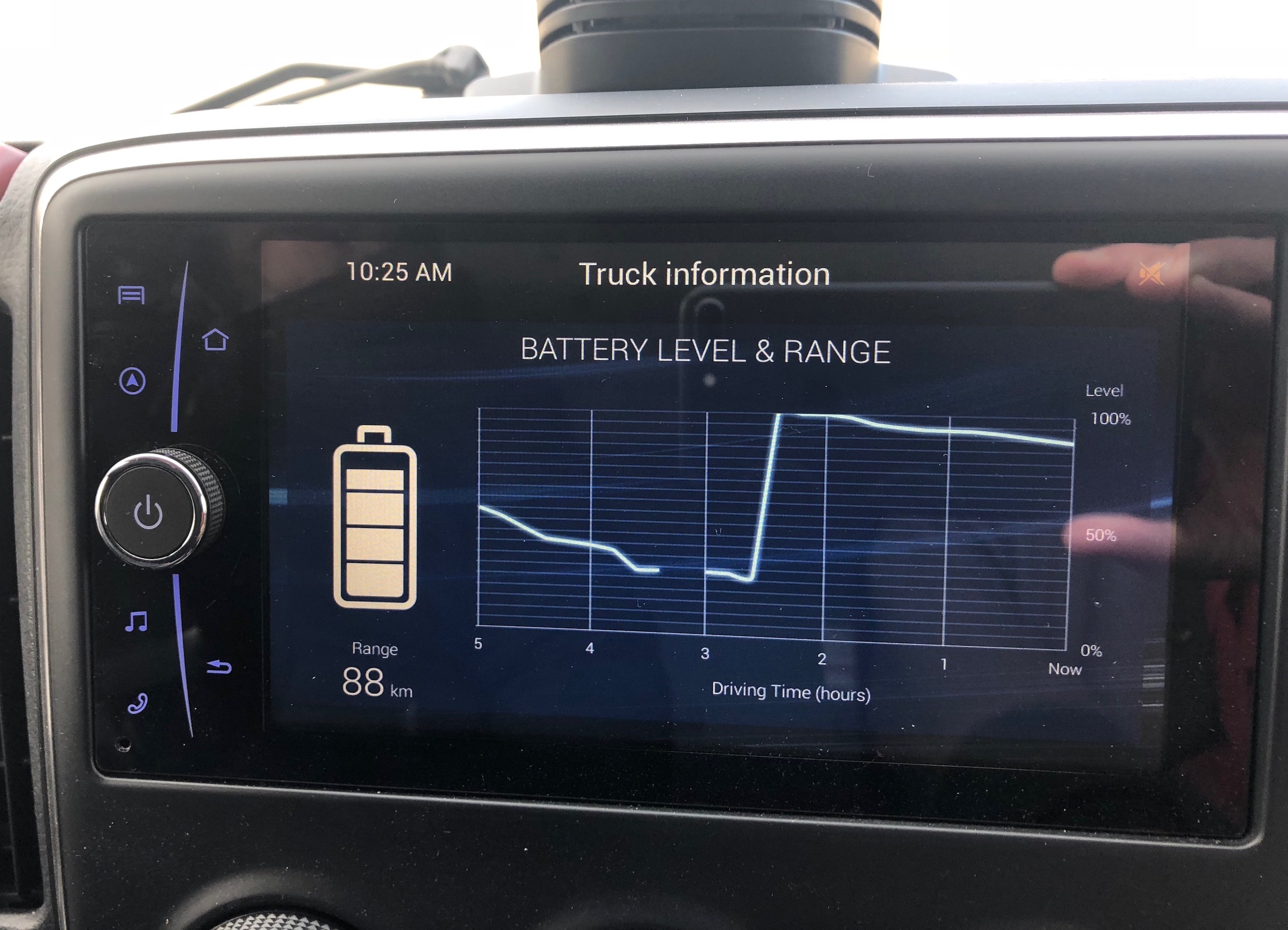Electrically powered commercial vehicles are becoming increasingly competitive. In certain usage situations, costs are already on a par with traditional diesel engines. Last autumn, the McKinsey Center for Future Mobility examined the framework conditions for the introduction of electric trucks, the so-called eTrucks. We would like to present the main findings, especially with regard to the effects on logistics over the last mile.
In principle, electric trucks are nothing new; they have been working on the streets of the world’s major cities since the first decades of the 20th century. The fleet managers worldwide appreciated the eTrucks for their strong tractive power and higher reliability than vehicles powered by early, at that time rather turbulent combustion engines.
Traditional and new manufacturers launch eTrucks
But only today is the time ripe for the launch of new eTrucks. Both established and non-traditional manufacturers of commercial vehicles bring the new electric vehicles in various weight classes and segments. And the McKinsey study provides three reasons for their successful breakthrough:
“First, based on Total Cost of Ownership (TCO), these vehicles could be equivalent to diesel engines and alternative drives in a relatively short time. Second, the robust technology and infrastructure for electric vehicles (EV) is becoming increasingly cost-effective and available. Thirdly, it will allow adoption by the regulatory environment, including country-specific emission regulations (e.g. potential targets for the carbon dioxide fleet) and local access policies (e.g. emission-free zones)”. However, the management consultants come to the conclusion that “the electrification of commercial vehicles (CV) will take place at different speeds depending on the specific characteristics of the applications in different segments”.
It won’t work without resistance
But the electrification of the trucks will not be possible without resistance. The new vehicles must be reliable. Daimler expects a truck to run 1 million kilometers, in the USA even 1 million miles. This durability of the battery in a truck has not yet been researched. And yet Stuttgart is determined to meet this challenge – “we must learn,” says Martin Daum, member of the Board of Management of Daimler AG and head of the Daimler Trucks divisions in this function.
Training for the use of eTrucks is essential
Consumers, employees, dealers and customers must be trained at the latest at the time of introduction. Especially in service and maintenance, the electric trucks place different demands on the workers involved. Even fire and emergency services must be trained in electric propulsion and the potential risks of accidents.
The consultants currently see another shortcoming in the lack of charging infrastructure. It represents a major challenge for BECV admission to the companies. Nevertheless, there are advantages here, especially in comparison to private electric cars. Due to the predictability and repeatability of driving behaviour and operational use, as well as the central nature of the charging process, charging is generally not as critical as with passenger cars. In general, a charging infrastructure is required in the depots to allow charging when BECVs are not in operation, and this can usually be done overnight.
McKinsey expects the introduction of electrification now – and not in 10-20 years time
The management consultants developed a “granular evaluation of battery electric commercial vehicles (BECVs) for 27 CV segments in three different regions (China, Europe and USA), three weight classes and three applications”. The weight classes are divided into light trucks (LDTs), medium-weight trucks (MDTs) and heavy trucks (HDTs). The three applications include the urban, regional and long-distance cycles in the use of electric vehicles.
The research results show “that BECVs have great potential, especially in the light and medium performance segment”. Here, the purchasing decisions for CVs place more emphasis on economic considerations and reflect a higher regulatory sensitivity. With the VW eCrafter, the eCanter from Daimler or the Renault Master Z.E., we have already found the traditional manufacturers in a test run this year. DHL Deutsche Post’s street scooter is currently probably the best-known mid-range electric truck that already drives several thousand vehicles on German roads.
According to the study, the turning point for the introduction of eTrucks in this segment will be shortly after 2025, when demand will be supported by a significant tailwind from the expected tightening of regulation (e.g. free trade zones) in combination with increasing customer confidence, an established charging infrastructure, model availability and improved cost-effectiveness for a variety of applications.
The current activities of the individual truck manufacturers illustrate the need for OEMs to meet this expected strong demand. In the coming weeks, we will therefore increasingly look at the individual electric models in delivery traffic. We do not hold back with studies, but go consciously into practice. A new impetus is coming onto the market, and that is a good thing.
Image rights: Daimler, DHL Deutsche Post Streetscooter, Nissan, Michael Brecht
Post a Comment
You must be logged in to post a comment.






















